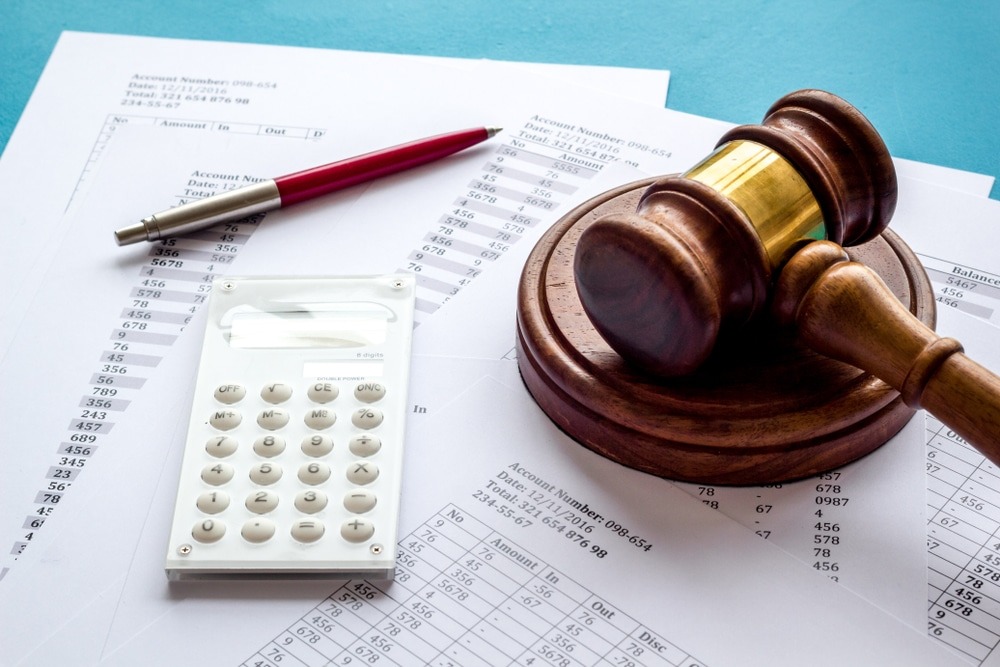
If you’re considering bankruptcy in Alabama, it’s important to understand the differences between Chapter 7 and Chapter 13 bankruptcy. While both types of bankruptcy can help you get out of debt, they work in different ways and have different requirements. Here’s what you need to know.
Chapter 7 Bankruptcy
Chapter 7 bankruptcy is sometimes referred to as “straight bankruptcy” or “liquidation.” With Chapter 7 bankruptcy, a trustee is appointed by the court to sell your nonexempt assets and use the proceeds to pay off your creditors. Any remaining unsecured debts (like credit card debt and medical bills) are discharged, which means you’re no longer responsible for paying them.
To qualify for Chapter 7 bankruptcy in Alabama, you must pass a means test. The means test compares your income to the state median income for a family of your size. If your income is below the median, you qualify for Chapter 7 bankruptcy. If your income is above the median, you’ll need to pass an additional test that takes into account your expenses, including secured debt payments, child support, and other necessary living expenses.
Chapter 7 bankruptcy is typically a quicker process than Chapter 13 bankruptcy, as most cases can be completed in three to six months. However, it can be more difficult to protect your assets – if you have nonexempt property that you want to keep, you’ll need to either pay its value to the trustee or enter into a repayment plan.
Chapter 13 Bankruptcy
Chapter 13 bankruptcy is often referred to as “reorganization” or “wage earner’s” bankruptcy. Instead of liquidating your assets, you’ll enter into a repayment plan that lasts three to five years. During this time, you’ll make payments to a trustee, who will then distribute the money to your creditors.
To qualify for Chapter 13 bankruptcy in Alabama, you must have a regular source of income that will allow you to make the necessary payments under the repayment plan. You must also have secured debt below a certain limit and unsecured debt below another limit.
Chapter 13 bankruptcy allows you to catch up on missed mortgage or car payments, and can help you keep your assets, like your home or car. The downside is that the repayment plan can last up to five years, and you may end up paying back more than you would with Chapter 7 bankruptcy.
The primary benefit of Chapter 7 bankruptcy is that it allows you to eliminate most of your unsecured debts without having to pay them back. This can provide much-needed relief from debt, and you can be debt-free and start rebuilding your credit within months.
However, as mentioned above, you may need to sell some of your assets to pay off your creditors in a Chapter 7 bankruptcy. If you have nonexempt property that you want to keep, you may need to file for Chapter 13 bankruptcy instead.
Chapter 13 bankruptcy allows you to keep your assets and catch up on past-due payments on secured debt like mortgages and car loans. However, because the repayment plan can last up to five years, it can be a longer process than Chapter 7 bankruptcy. Additionally, you’ll need to have a regular source of income that will allow you to make the necessary payments – if you lose your job or your income drops, you may no longer be able to meet the requirements of the repayment plan.
Another drawback of both types of bankruptcy is that they’ll stay on your credit report for up to 10 years, which can make it difficult to obtain credit or loans in the future. However, it’s possible to start rebuilding your credit right away by using secured credit cards or loans and paying them off on time.
Ultimately, the right type of bankruptcy for you will depend on your financial situation, including your income, assets, and debts. If you’re not sure which type of bankruptcy is right for you, it’s a good idea to consult with an experienced bankruptcy lawyer in Decatur who can help you understand your options and choose the best path forward.

